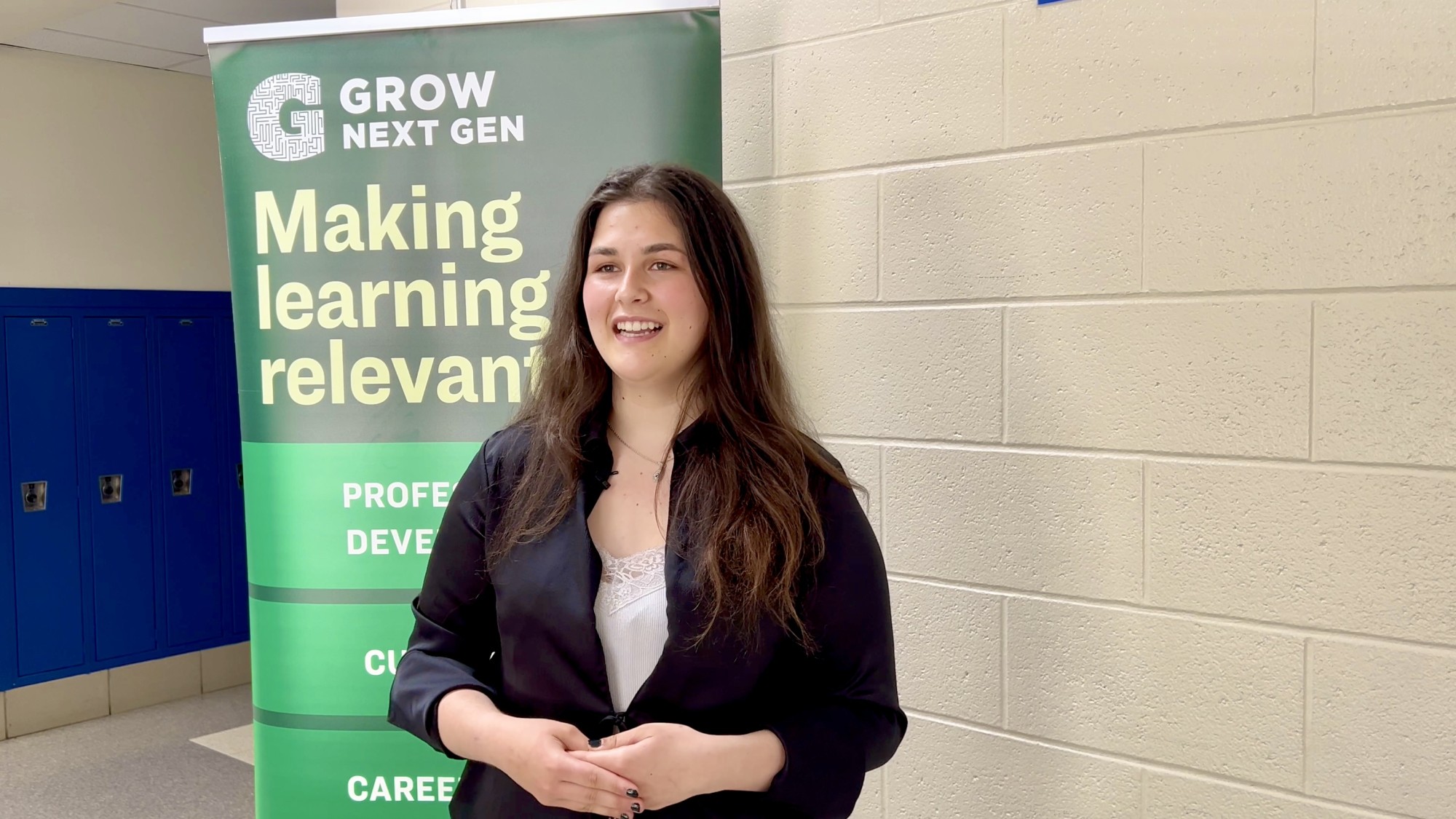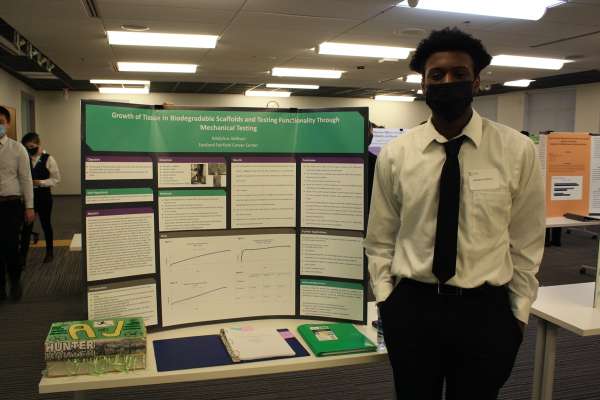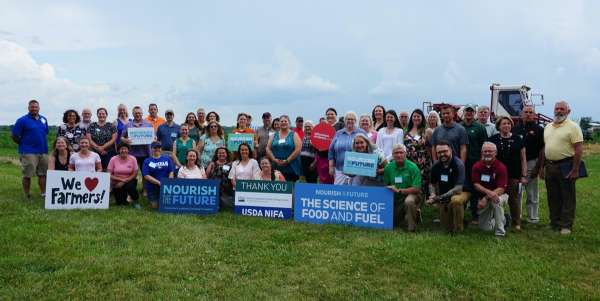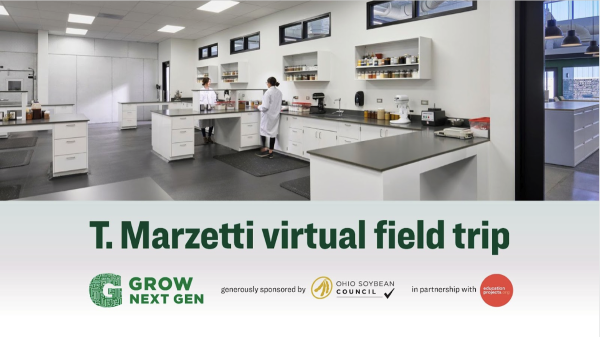Grace Whitmore’s journey from high school graduate to aspiring entomologist at The Ohio State University showcases the power of integrating agriculture into science education.
“I don’t think there’s a single part about science that cannot be tied back to agriculture,” Grace reflects. This connection became clear through her school’s approach to science education, where agricultural contexts brought textbook concepts to life.
Grace’s experience demonstrates how seamlessly agriculture integrates into existing science curricula:
Real-world relevance
Agricultural topics provide tangible contexts for scientific concepts. “Agriculture has been able to develop my idea of STEM,” Grace says. “STEM and agriculture are so connected.” This relevance helps students see the practical applications of their learning.
Natural interdisciplinary learning
Agriculture bridges multiple scientific disciplines. In Grace’s case, her studies touched on entomology, nutrition, food science, and sustainability, developing a holistic understanding of scientific principles.
Engaging students
“Be ready to have really enthusiastic children and kids who are really excited about this,” Grace advises teachers considering agricultural integration. When students see the impact of their studies in the world around them, engagement naturally follows.
Career exploration
Agriculture offers diverse career paths that many students might not have considered. Grace’s exposure to agricultural science opened doors to research in entomology. “There is an outlet for every single person within agriculture,” Grace notes.
Hands-on learning
Agricultural topics lend themselves to practical, hands-on experiments that reinforce scientific concepts effectively. These experiences can range from growing plants to exploring insect life cycles.
Local connections
Every community, from rural to urban and everything in between, has some connection to agriculture. This local relevance makes it easy for teachers to find resources and for students to see the immediate impact of their studies.
The results of this approach are clear in Grace’s case. She graduated with both scientific knowledge and a passion for discovery. “I’m attending OSU in the fall for entomology,” she shares. “I’m really excited to work more with insects in terms of nutrition.”
Many of the resources used in Grace’s high school science classes are available freely through GrowNextGen, an innovative program that brings agriculture science to the classroom. GrowNextGen offers a wealth of curriculum resources that make it easy for K–12 teachers to integrate agriculture into their science lessons.
Ready to bring agriculture into your science classroom? Visit grownextgen.org/curriculum for free, ready-to-use resources that will engage your students and bring science to life through the lens of agriculture.





Share this